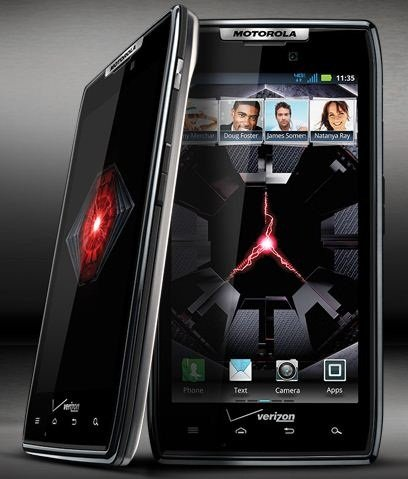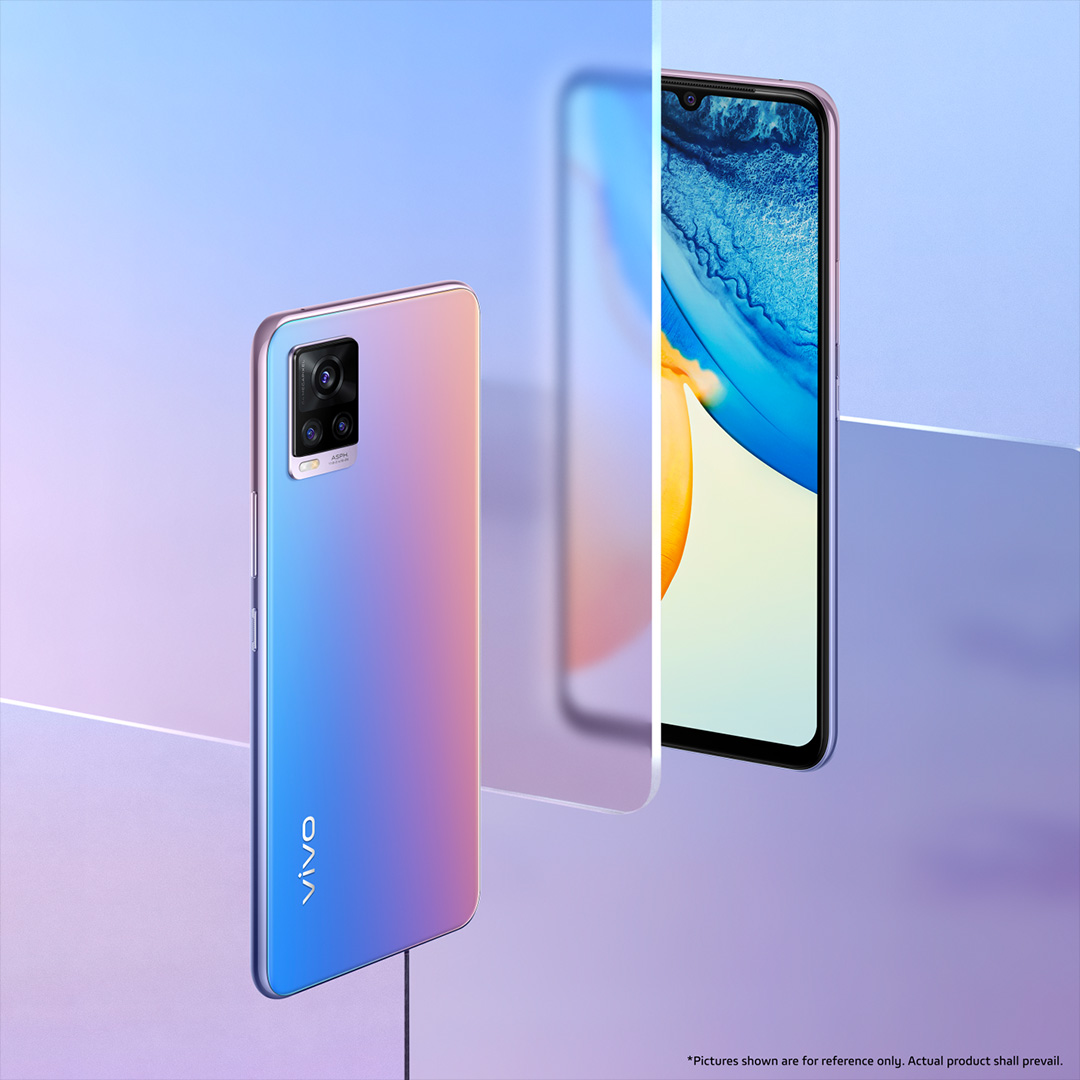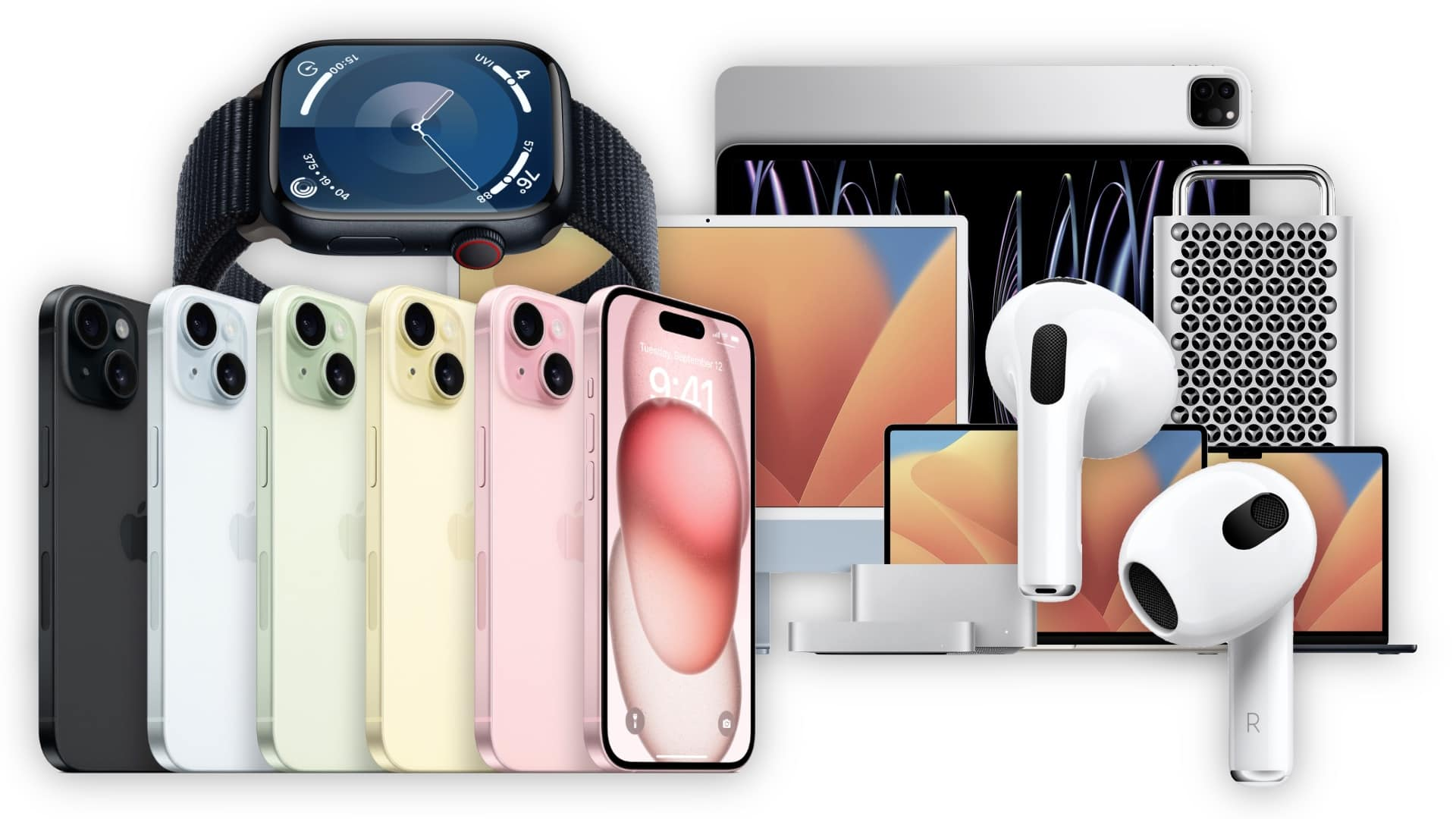The thinnest Android smartphones have taken the tech world by storm, pushing the limits of design and innovation to deliver sleek devices that fit comfortably in your pocket. In 2012, the competition is fierce, with leading brands like Motorola, Huawei, and Fujitsu all vying for the title of the slimmest device. The Motorola Droid RAZR set the trend, being crowned the thinnest smartphone when it launched in late 2011. Following closely behind, the Huawei Ascend P1 S and Fujitsu Arrows F07D made exciting appearances at the International Consumer Electronics Show, both boasting impressive ultra-thin profiles. As consumers seek out the lightest and most aesthetically pleasing gadgets, this smartphone competition is reshaping what we can expect from mobile technology.
In an era where mobile technology is evolving rapidly, ultra-thin smartphones represent a fascinating intersection of style and functionality. These devices not only emphasize portability but also showcase how manufacturers are increasingly prioritizing sleek designs while delivering powerful performance. The reputation of smartphones like the Motorola Droid RAZR has paved the way for newer models such as the Huawei Ascend P1 S and Fujitsu Arrows F07D, which continue to push the boundaries of minimalism. With each release, the smartphone landscape becomes more competitive, prompting brands to innovate further in their design and features. As we explore the latest offerings in this segment, it’s clear that the race for the slimmest device is more than just a trend; it’s a reflection of consumer demands for both form and function.
The Rise of Ultra-Thin Smartphones
In 2012, a remarkable trend emerged in the smartphone industry as manufacturers focused on creating ultra-thin smartphones. This significant shift was led by the desire for more compact devices that could still deliver high performance and sleek designs. Consumers began to gravitate towards increasingly thinner models, which not only offered portability but also showcased advanced technology in a stylish manner. The smartphone competition intensified as brands sought to outdo each other in the quest for the slimmest devices in the market.
Among the frontrunners in this race was the Motorola Droid RAZR, which debuted in late 2011, boasting a mere 7.1mm thickness. This groundbreaking smartphone set a new standard for design and functionality, attracting attention for its thin profile and robust features. Following closely, both Huawei and Fujitsu unveiled their contenders—the Huawei Ascend P1 S and the Fujitsu Arrows F07D—at the International Consumer Electronics Show in 2012, further emphasizing the trend towards ultra-thin constructions while pushing the boundaries of technological innovation.
Spotlight on the Thinnest Android Smartphones
The spotlight has now turned to the thinnest Android smartphones available, with the Huawei Ascend P1 S and Fujitsu Arrows F07D vying for top positions as the sleekest devices on the market. These models embody the latest advancements in smartphone engineering and design. The Huawei Ascend P1 S, for instance, flaunts a sleek design with a thickness of just 6.68mm, making it a strong contender for the title of the thinnest Android smartphone. Meanwhile, the Arrows F07D also boasts impressive specs alongside its minimalist design.
As these ultra-thin smartphones gain popularity, it’s essential for consumers to consider not only the aesthetics but also the performance and features that come with them. The smartphone competition today is fierce, with each manufacturer attempting to strike the perfect balance between a compact form factor and powerful capabilities. As technology continues to evolve, it will be intriguing to see how manufacturers meet consumer demands while maintaining the ultra-thin designs that are becoming increasingly preferred.
Notably, the pursuit of thinner smartphones does raise questions about durability and battery life. While having a phone that’s lightweight and stylish is appealing, consumers may also weigh the practical aspects of smartphone ownership, including how well the device holds up over time and its energy efficiency. This juxtaposition of design and functionality remains central to the ongoing discussion surrounding the thinnest Android smartphones.
Competitive Innovations in Smartphone Design
The innovations leading to the creation of ultra-thin smartphones highlight a significant turning point in smartphone design philosophy. As companies like Motorola, Huawei, and Fujitsu innovate and push the limits of what is possible, they not only meet consumer demands for portability but also enhance features such as screen quality and processing power. The competitive nature of the smartphone market encourages manufacturers to invest heavily in research and development, striving to create devices that incorporate cutting-edge technology while maintaining a slim profile.
As a result, consumers can expect a plethora of options that not only reflect the trend towards thinner designs but also bolster user experiences with high-resolution displays, extended battery lives, and powerful processing capabilities. The competitive landscape of smartphone technology means that every new release aims to outperform its predecessor, further driving the need for ultra-thin smartphones that do not compromise on quality or performance.
Consumer Preferences and Market Trends
As the market trends show a clear preference for slimmer devices, consumer demands play a vital role in shaping future designs. Many users appreciate the aesthetic appeal and lightweight construction of ultra-thin smartphones, which make them easier to handle and carry. The rise of fashion-conscious consumers has given manufacturers the incentive to prioritize sleek designs that complement modern lifestyles, aligning functionality with personal expression.
Moreover, the ability of these devices to pack more features into a thinner frame reinforces the notion that form and function can coexist effectively. Companies like Motorola, Huawei, and Fujitsu continue to tailor their offerings to meet these evolving consumer preferences, ensuring that their ultra-thin models not only attract attention for their design but also stand out for their performance, catering to tech-savvy users who expect the best in both categories.
Challenges in Achieving Ultra-Thin Designs
While the pursuit of ultra-thin smartphones brings many advantages, it also presents unique challenges for manufacturers. Achieving a balance between thinness, durability, and performance can be difficult, as reducing thickness often leads to trade-offs in battery size and structural integrity. Consumers may find themselves torn between the desire for a lighter device and the need for a long-lasting battery and sturdy build that can withstand everyday use.
Manufacturers must navigate these challenges by employing advanced materials and technologies that enhance durability without adding bulk. Innovative designs and engineering solutions will be crucial as the competition for the title of the thinnest smartphone heats up. Ultimately, how well brands respond to these challenges will determine their success in capturing the attention of consumers who are increasingly selective about their smartphone choices.
The Impact of Ultra-Thin Smartphones on User Experience
Ultra-thin smartphones have revolutionized user experiences by shifting the focus towards enhanced portability and stylish aesthetics. The ability to carry a device that’s remarkably slim and light has changed how people interact with technology on the go. With advancements in technology, manufacturers are equipping thinner devices with larger screens and improved functionalities, ensuring that users don’t have to sacrifice performance for the sake of style.
However, user experience extends beyond aesthetics and convenience. Many consumers are also concerned about how these devices hold up over time regarding battery performance and longevity. As smartphone usage patterns evolve, manufacturers must address these concerns effectively to ensure their ultra-thin smartphones provide a satisfying experience that combines sophistication with practicality.
Future of Ultra-Thin Smartphones
Looking ahead, the future of ultra-thin smartphones appears promising as technological advancements continue to emerge. Manufacturers are likely to invest more in research that targets achieving thinner designs without compromising on essential features. As competitive pressures mount, the race to innovate and deliver ultra-thin smartphones that meet consumer expectations will play a central role in shaping the next generation of devices.
The interplay between evolving technology and consumer preferences will ultimately dictate the trajectory of smartphone design. As companies strive to create the lightest yet most efficient devices, we can expect exciting developments that may redefine what consumers consider as an ideal smartphone.
Consumer Education and Awareness
As consumers continue to embrace ultra-thin smartphones, education and awareness become crucial in making informed choices. While sleek and lightweight designs captivate many, understanding the implications of thinness on durability, battery life, and performance can empower users to choose devices that best fit their needs. Manufacturers have an important role in communicating these aspects through marketing and product information, enabling consumers to weigh their options based on more than just appearance.
By fostering a well-informed consumer base, manufacturers can help ensure that preferences align with the practical capabilities of their devices. The smartphone competition is not merely about being the thinnest but also about delivering products that genuinely enhance the user experience holistically.
Comparative Analysis of Top Thin Models
In the rapidly evolving world of mobile technology, conducting comparative analyses of the top ultra-thin smartphone models offers valuable insight for potential buyers. As the market becomes saturated with various ultra-thin devices, consumers are often left wondering which option is the most suitable for their personal and professional needs. By evaluating factors such as performance, camera quality, and user interface alongside thickness, users can find the device that aligns best with their lifestyle.
For instance, comparing the Motorola Droid RAZR, Huawei Ascend P1 S, and Fujitsu Arrows F07D based on key specifications and user reviews can shed light on each model’s merits and potential shortcomings. This kind of analysis is crucial in avoiding the trap of choosing a device solely based on its slim design, ensuring that buyers prioritize functionality and durability equally.
Frequently Asked Questions
What are the thinnest Android smartphones available in 2023?
As of 2023, some of the thinnest Android smartphones include models like the Motorola Droid RAZR, Huawei Ascend P1 S, and Fujitsu Arrows F07D, each showcasing incredible engineering to achieve ultra-thin designs. The competition to create the slimmest smartphone continues to drive innovation.
How does the Motorola Droid RAZR compare to other ultra-thin smartphones?
The Motorola Droid RAZR, released originally in 2011, set the trend for ultra-thin smartphones. It remains notable for its design and durability, competing against other sleek models like the Huawei Ascend P1 S. Consumers often look at features and thinness when choosing between these top competitors.
What makes the Huawei Ascend P1 S one of the thinnest Android smartphones?
The Huawei Ascend P1 S is acclaimed for its remarkable thinness, measuring only 6.68mm. This ultra-thin smartphone combines a sleek design with powerful features, making it a contender against other devices like the Motorola Droid RAZR and Fujitsu Arrows F07D.
Are ultra-thin smartphones like the Fujitsu Arrows F07D practical for daily use?
Yes, ultra-thin smartphones like the Fujitsu Arrows F07D are designed to balance form and function. These devices, recognized for their slim profiles, often include high-end specs and features, showing that thinness can coexist with performance in modern smartphone competition.
What advancements have been made in the technology of thinnest Android smartphones?
Advancements in materials and battery technology have allowed manufacturers to produce thinnest Android smartphones without compromising on performance. Innovations seen in models like the Motorola Droid RAZR and Huawei Ascend P1 S showcase how smartphone manufacturers navigate the challenges of creating ultra-thin devices.
What are the advantages of owning a thin smartphone like the Huawei Ascend P1 S?
Owning a thin smartphone like the Huawei Ascend P1 S offers numerous advantages including ease of handling, portability, and aesthetic appeal. These ultra-thin smartphones are often lighter in weight, making them convenient for everyday use.
Are there any disadvantages to choosing thinnest Android smartphones?
While thinnest Android smartphones offer sleek designs, they may come with trade-offs such as smaller batteries, decreased durability, or fewer features compared to bulkier models. It’s essential to balance design and functionality when selecting an ultra-thin smartphone.
How do thinnest Android smartphones impact battery life?
Thinnest Android smartphones often face challenges with battery life due to limited space for larger batteries. Models like the Motorola Droid RAZR and Fujitsu Arrows F07D may have innovative power-saving features, but users should consider battery performance when choosing an ultra-thin device.
What is the role of smartphone competition in developing ultra-thin models?
Smartphone competition plays a significant role in driving innovation for ultra-thin models. Companies like Motorola, Huawei, and Fujitsu constantly push the limits of design and technology to attract consumers, resulting in impressive devices like the Motorola Droid RAZR and Huawei Ascend P1 S.
Are thinnest Android smartphones suitable for gaming and heavy usage?
Thinnest Android smartphones like the Huawei Ascend P1 S can handle gaming and heavy usage, but users may find performance limitations due to smaller batteries and less thermal management. It’s advisable to evaluate the specific specifications for optimal gaming experiences.
| Smartphone | Thickness | Claim to Fame |
|---|---|---|
| Motorola Droid RAZR | 0.26 inches | First to claim the title of the thinnest smartphone in late 2011. |
| Huawei Ascend P1 S | 0.24 inches | Claimed to be the thinnest at CES 2012. |
| Fujitsu Arrows F07D | 0.24 inches | Also claimed to be the thinnest at CES 2012. |
Summary
The thinnest Android smartphones, including models like the Motorola Droid RAZR, Huawei Ascend P1 S, and Fujitsu Arrows F07D, showcase the competitive nature of the smartphone market in terms of design innovation. These devices not only appeal to consumers seeking sleek aesthetics but also push the boundaries of technology to create thinner profiles while maintaining functionality and performance. As manufacturers continue to prioritize slim designs, consumers can expect more advancements in this trend.



